
Ricardo Obando took care of boats for two-and-a-half years in Playa El Jobo, La Cruz. He had always lived there, but it wasn’t until he started to spend nights on the beach that he realized that turtles came to nest there. “No one paid attention to them. Actually, you’d run into people with bags of stolen eggs.”
He and his colleague decided to go out at night and hide the eggs. Some time later, the first turtles arrived and set off to sea.
I almost cried,” he says with a giant smile on his face.
Besides the egg poachers, something else was wrong. At the beginning of 2015, photos of turtles crammed into a container with a bunch of people around started to circulate. Dreams Las Mareas Hotel, located in El Jobo, had organized a beach party and the lights disoriented them from the nests.
In the central valley, biologist Maike Heidemeyer saw the photos and, indignant, sent a letter to the manager asking for explanations. The manager said that they would no longer have beach parties and accepted the biologist’s proposal to hold a workshop to raise awareness among employees and residents.
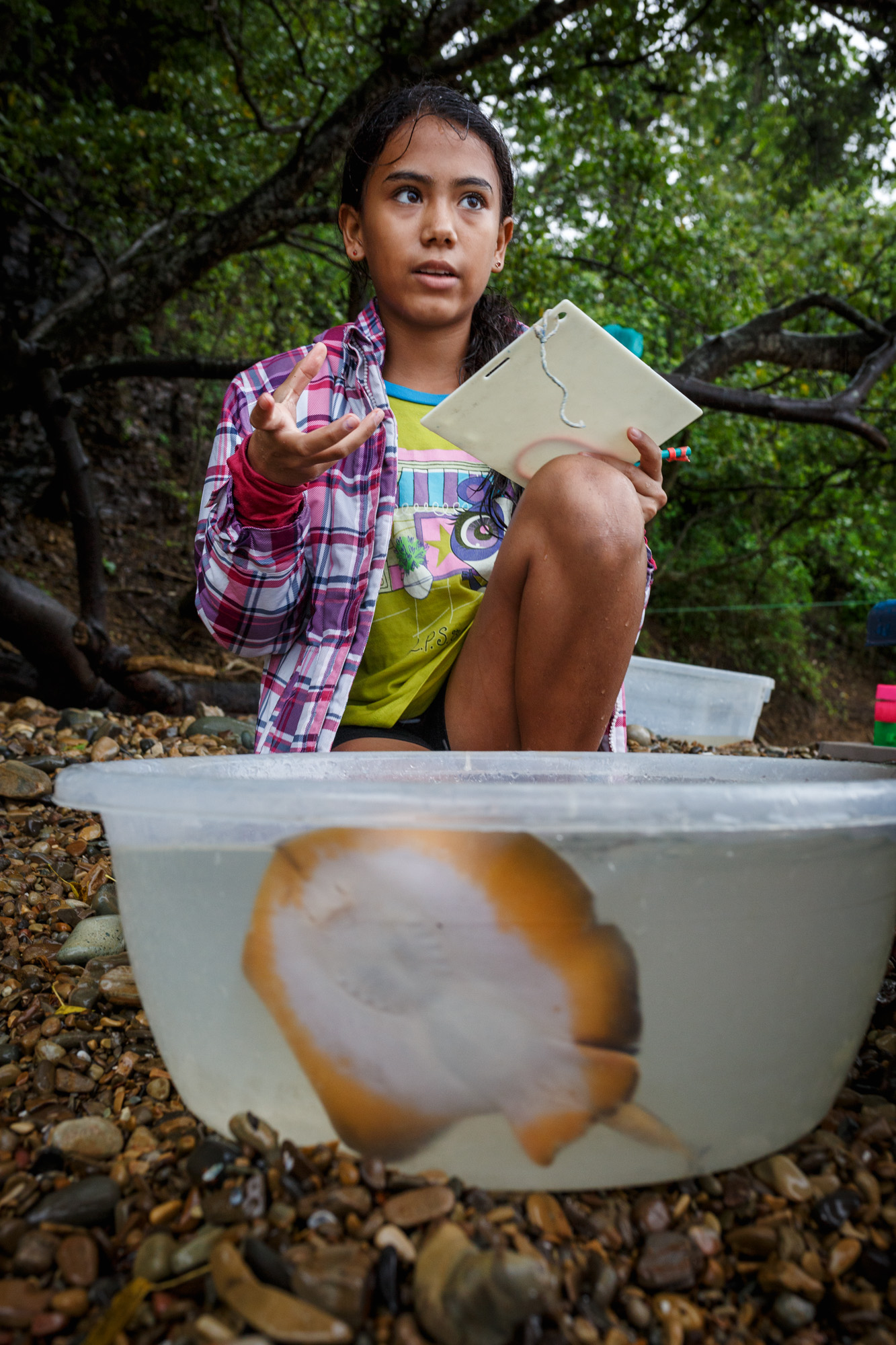
Alisher Obando, daughter of Ricardo and Kembly, usually accompanies her father to help perform sampling on rays.
They held the workshop in October and Maike met Kembly and Randall Mora, Ricardo’s spouse and brother-in-law. They asked Maike for help to protect the turtles, but she said no. “They told me that there were a lot of turtles all year, but everyone tells me that,” Maike said.
But they were determined to not give up and protect the sea as best they could and, at the end of the year, Kembly, Ricardo and Randall, along with a dozen other neighbours, started nightly walks from their houses to the beaches, which were up to 1.9 miles away.
They patrolled for four months and recorded basic data like the kinds and number of turtles and nests and sent them to the biologist to prove that they weren’t lying, that their coasts were rich in marine species.
It wasn’t easy for them to start a conservation project on their own. This is a poor community that belongs to the canton in second to last place in the country’s social progress index. Most men are fishermen and most women housewives.
With the data, the biologist and researcher started to think about how the commitment of this community could function for performing research on sea turtles.
We have a large void in terms of studying feeding sites, because we don’t have the money to monitor them. We need boats, nets and people.”
Maike returned to Kembly’s house and, with several families, began to form a project in which the community and biologists would work on the research and conservation of the species.
Today, that group of neighbors patrols five beaches in the community. Maike taught them how to collect data. They came up with a name and officially formed a non-governmental organization (NGO) made up of biologists and former fishermen: Equipo Tora Carey (ETC). The name comes from the Spanish words for the types of turtles they study: black sea turtle, or tora, hawksbill sea turtle and the green sea turtle.
Little by little, they started to add monitoring of rays to their activities and the capture of turtles in the sea. They have the same protocol for all the animals. They measure them, weigh them, take photos and blood samples, mark them and release them unharmed.
“It’s a different mark for each animal”, explica Randall. They record everything in order to send it to the University of Costa Rica’s Integral Network for Marine Turtles (Ritma), the Celular Biology Investigation Center (Cibcm), the Marine Science Research Center (Cimar) and the Molecular Biology Laboratory at Veritas University.
Scientists, tourists and community form the trio. Tourists, usually foreign students, sustain the project economically when they pay for lodging in the homes of El Jobo’s families and for activities. The NGO also has an account for receiving donations.
Biologists like Maike analyze the information from the species in order to identify community actions and public policies designed to protect them.
The communities, according to Maike, are key for reversing the extinction process of these species. “If you don’t get people involved with fauna, the data won’t be worth anything,” says the German in almost perfect Spanish.
At the edge of the beach an out at sea, tourist volunteers and students become research assistants alongside members of the community. They hold the animals while samples are drawn, help lift them into the boats and weigh and measure them.
Children also get involved. They receive classes every Wednesday at the community school in environmental education. On Saturdays, they clean the beaches and learn to recycle.
After two years of ETC’s work, turtle nests are 98 percent protected, according to their records, and local fisherman are careful if they accidentally catch a ray in their nets.
***
The patio at Kembly and Ricardo’s house is the center of operations for ETC. They have a lot of chairs, a couple of tables, the boat motor and snorkeling kits that they use for sampling.
They’ve even done taxidermy here and opened up turtles and sharks,” says Kembly, who currently coordinates meals and lodging for volunteers and tourists that help ETC.
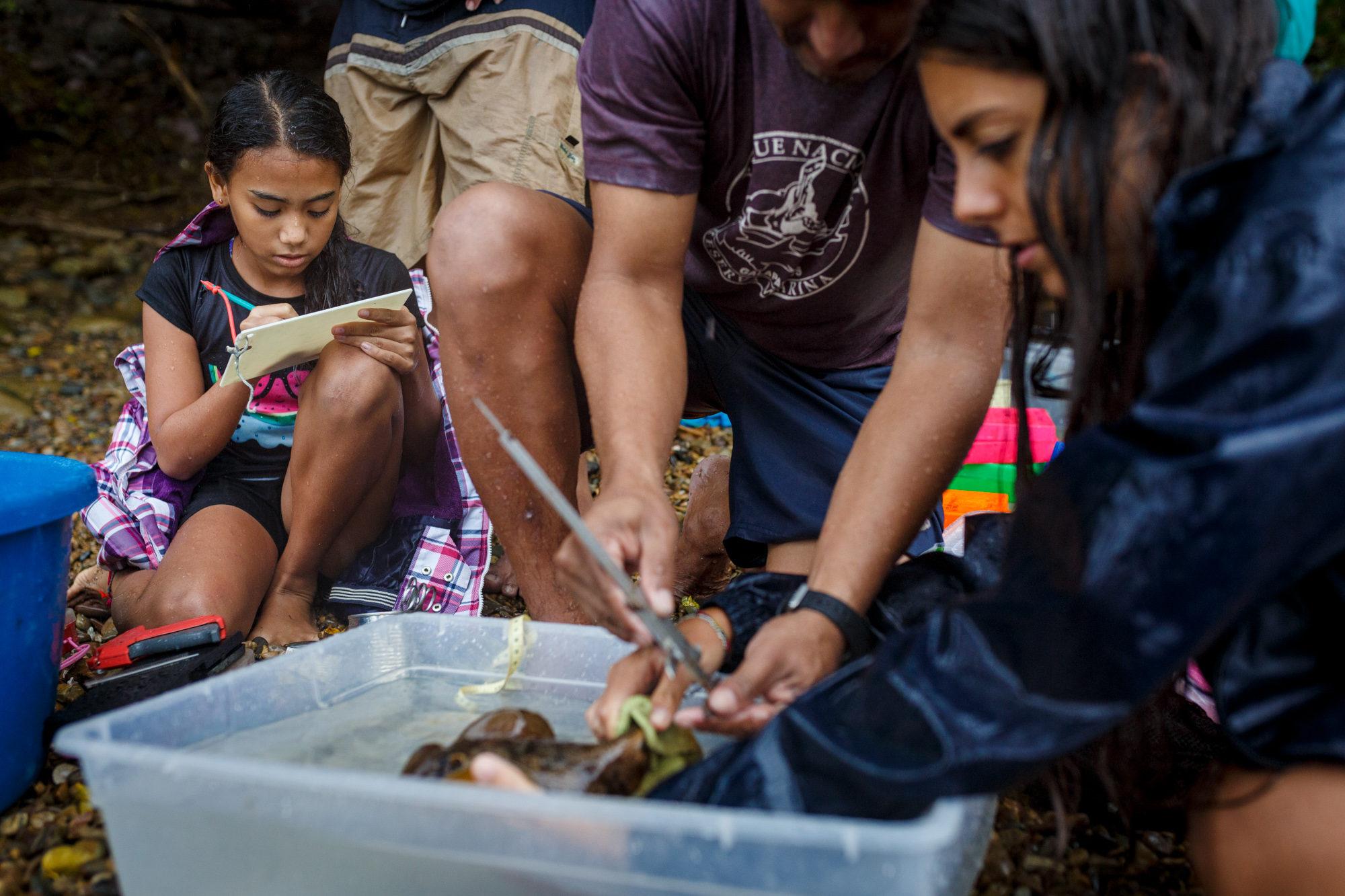
Alisher (daughter of Ricardo), Ricardo and Ariana Ayén (Spanish student) carry out the sampling process of the rays.
This is all a challenge, they say. The need to build a space adequate for storing equipment and samples and to held environmental protection workshops. They need to hire people to patrol and more equipment. To do all this, they know they need to strengthen their model for donations and tourist visits.
But the results of the project are good. Since local and foreign tourists pay to stay at homes in the community, families have improved their income.
One of them is Grace Rodríguez. She is a shy woman who has never left La Cruz to visit other parts of Costa Rica. Instead, the world comes to her house when she receives U.S. and European students. The relationships that form during their stay encourage the students to continue contact the family after they leave. “That warms the heart,” she says.
Her husband, like most men in the community, is a fisherman.
At times, the sea gets difficult and with this we have other income,” Rodríguez says.
That has also changed the views of the children that used to dream of becoming fishermen, like their fathers, but now want to be biologists.
“We aren’t saying that we are going to change the mentality of the entire town. We won’t even see the results of what we are doing. It will be our children in 25 or 30 years who will meet the turtles that we nested,” Randall said.
***
Today Ricardo is in charge of monitoring rays on the beaches of El Jobo, even with the most unfavorable forecasts such as when the rain clouds the sea and Ricardo can barely see his arms in the ocean.
“The first time I tried to catch a ray, I lasted three days,” he recalls laughing after capturing three on an October morning. Ricardo releases them and watches them as they swim away until they get lost in the sea.
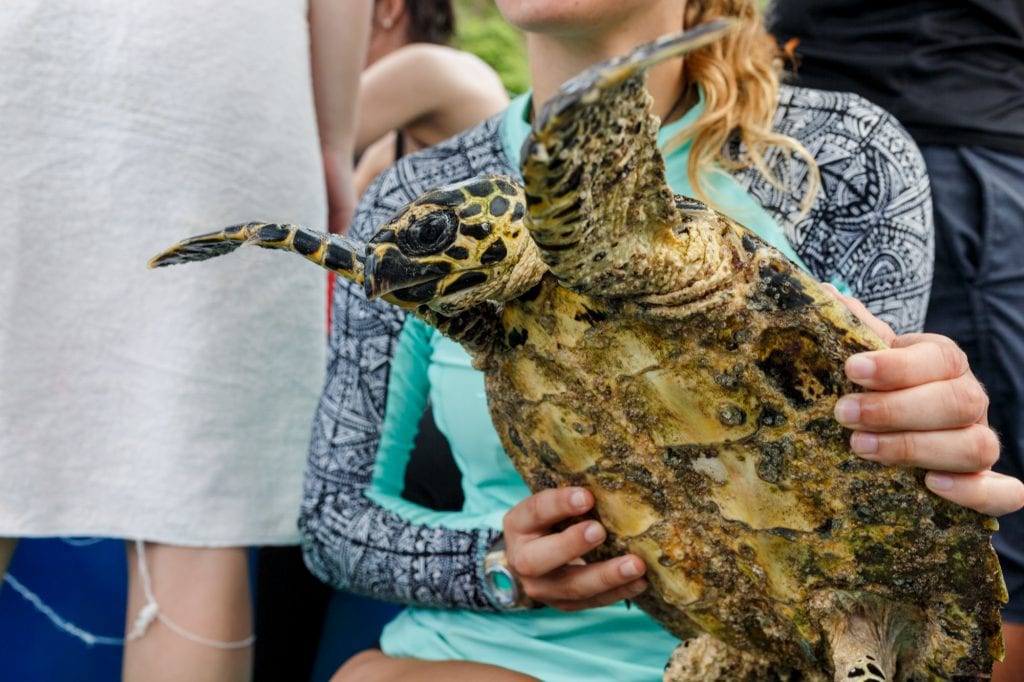
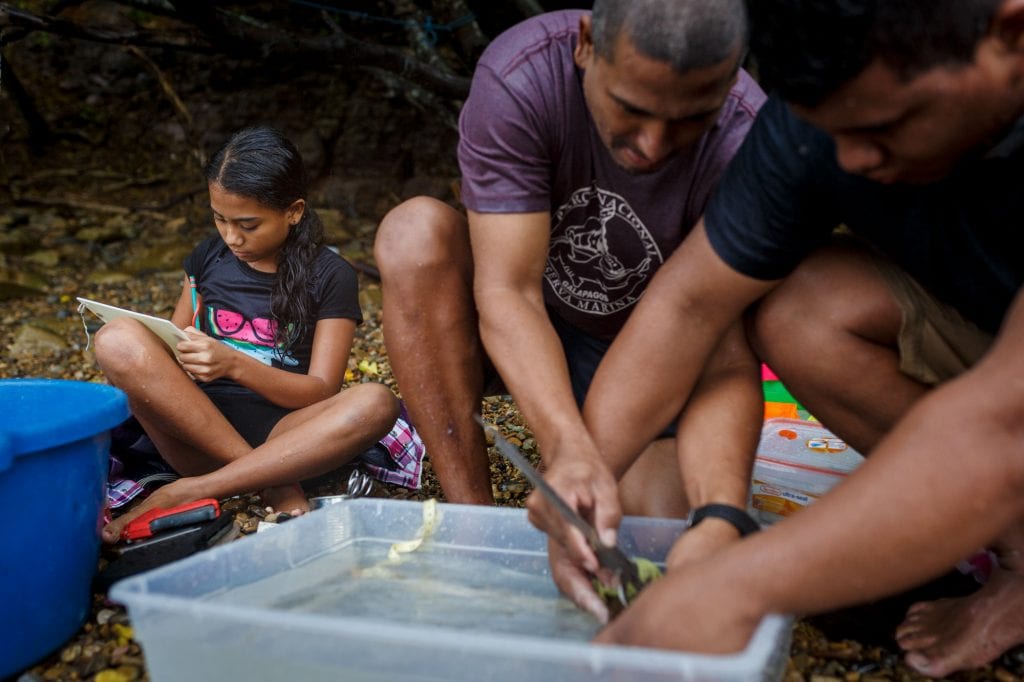
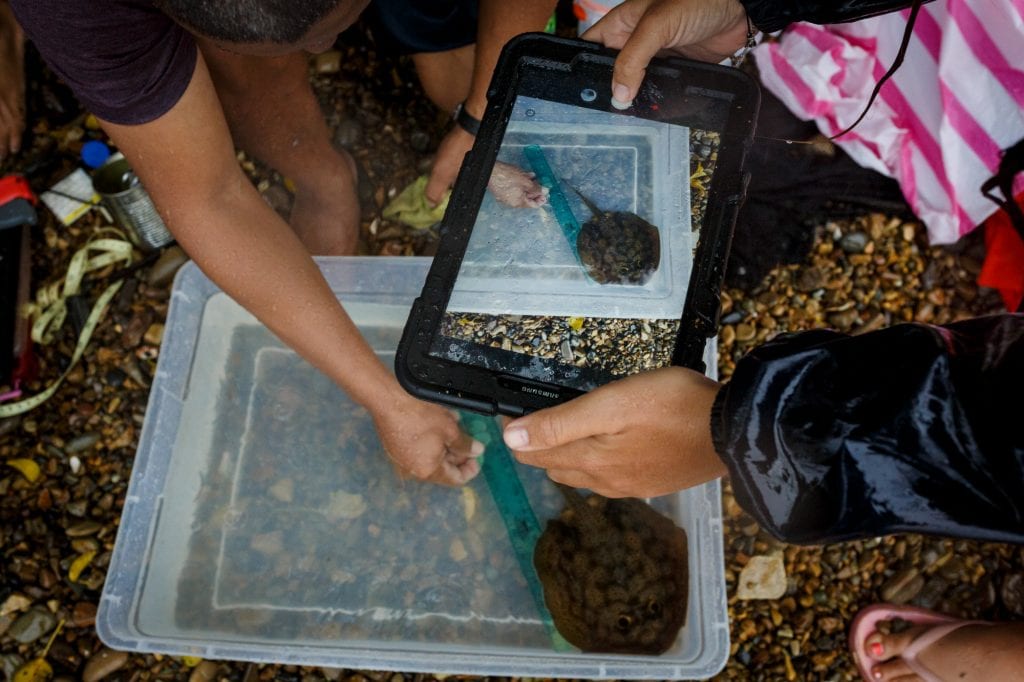
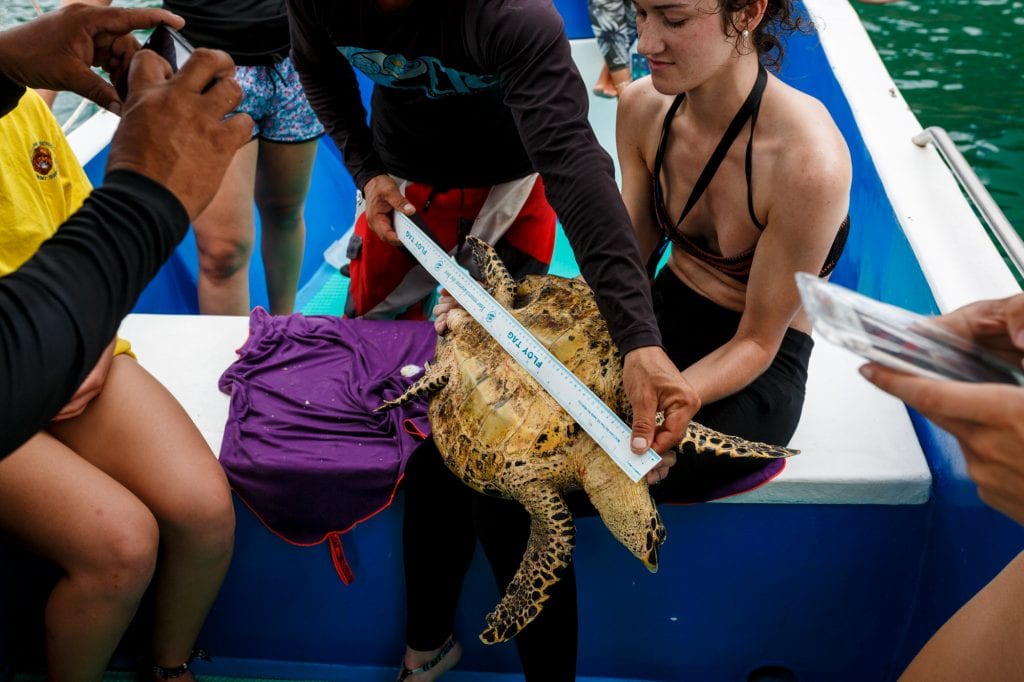
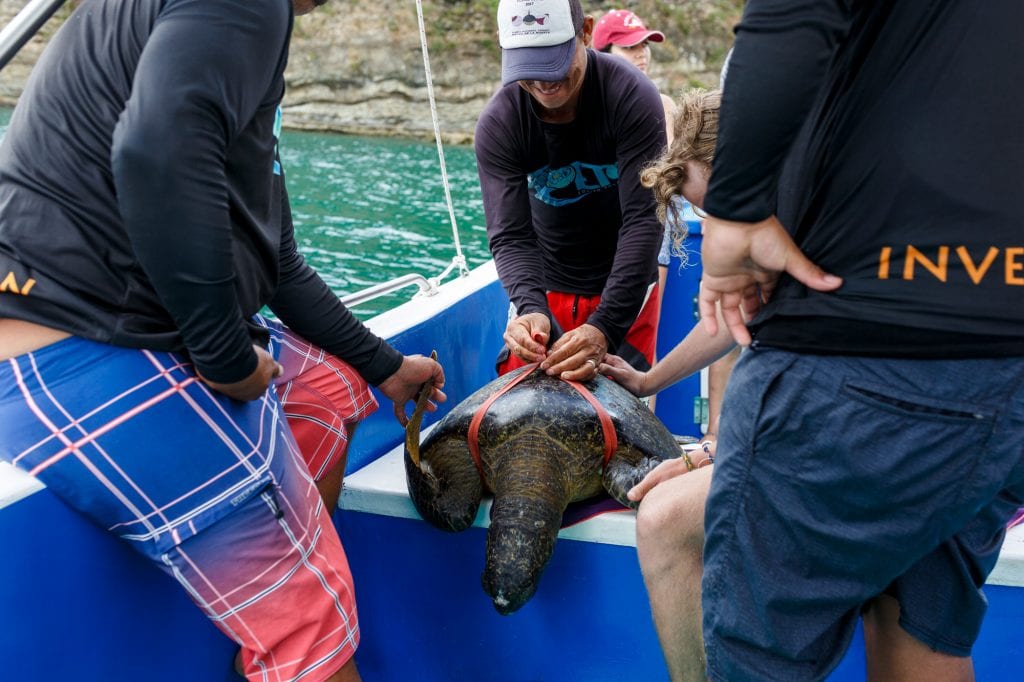
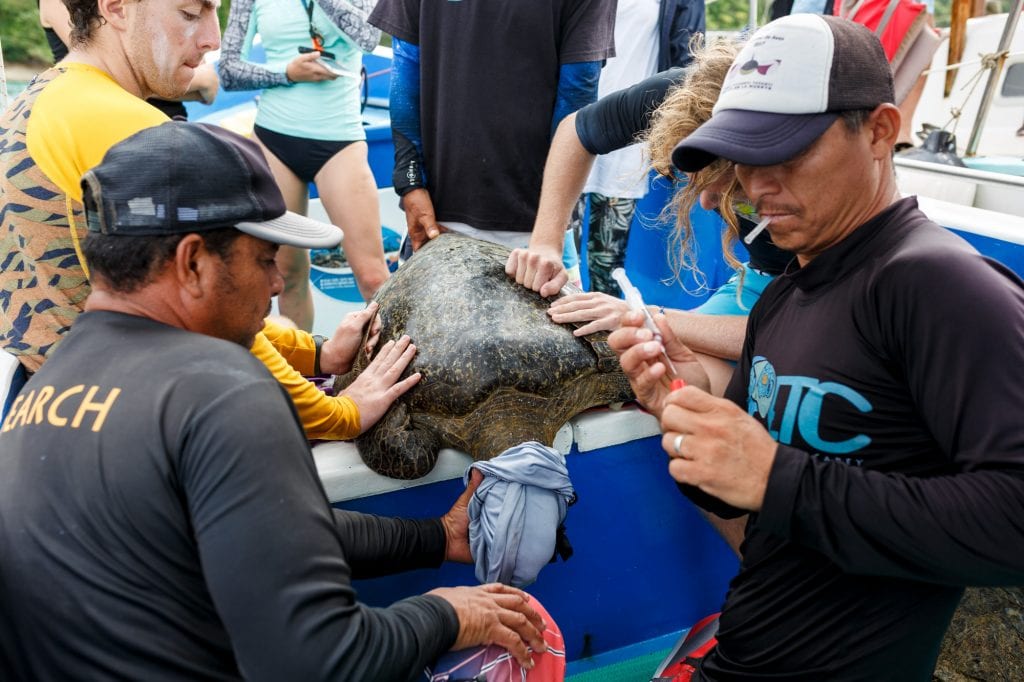
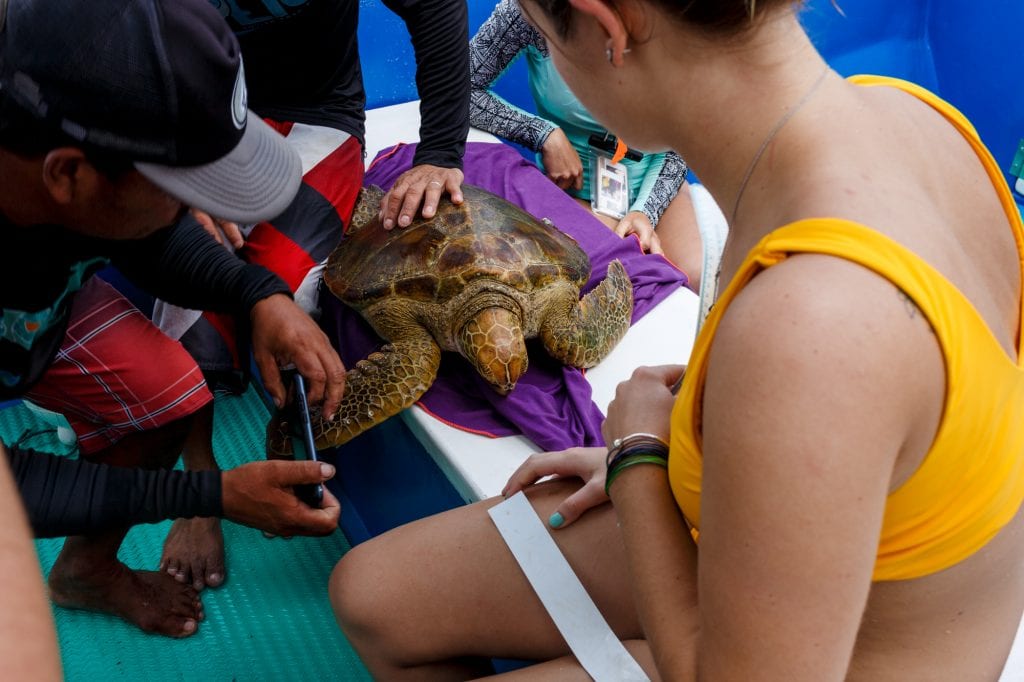
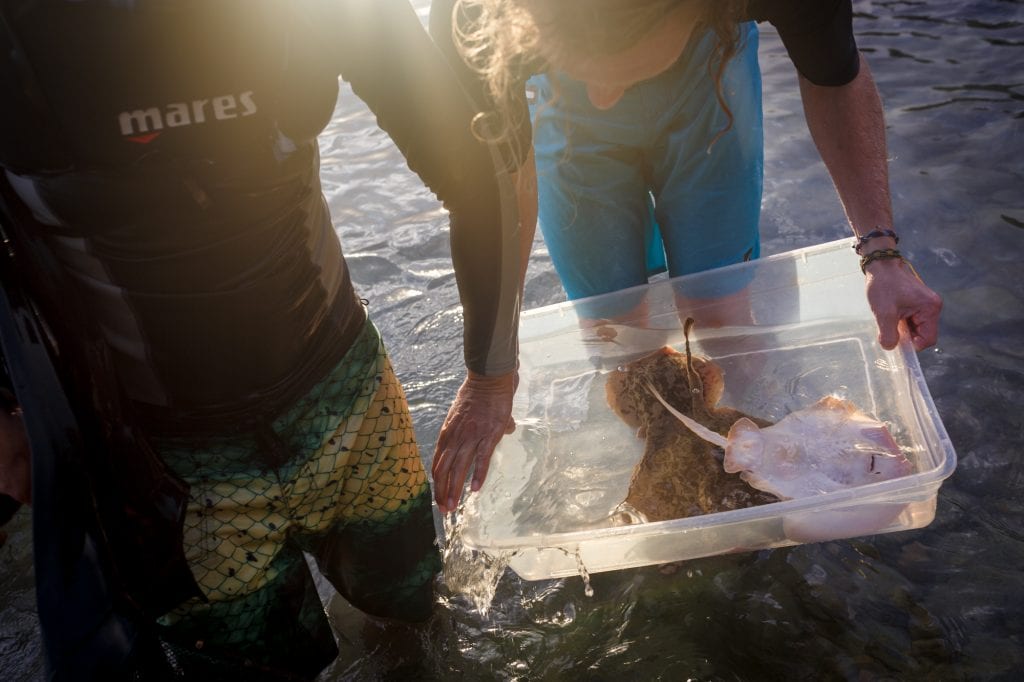
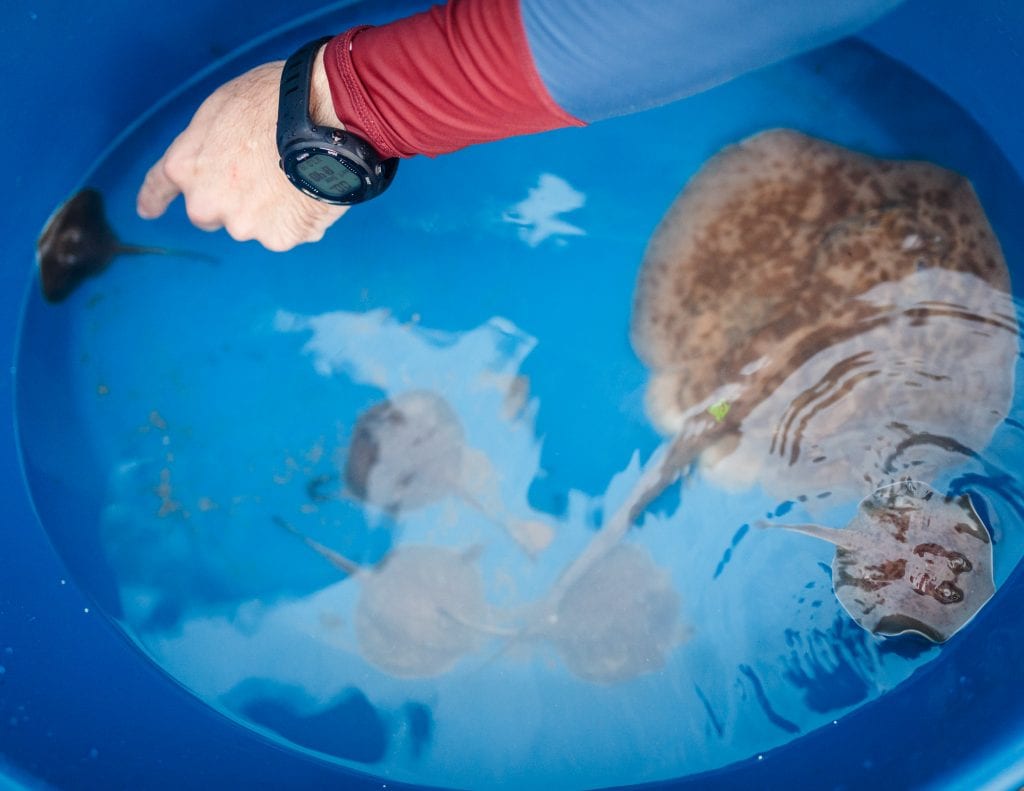
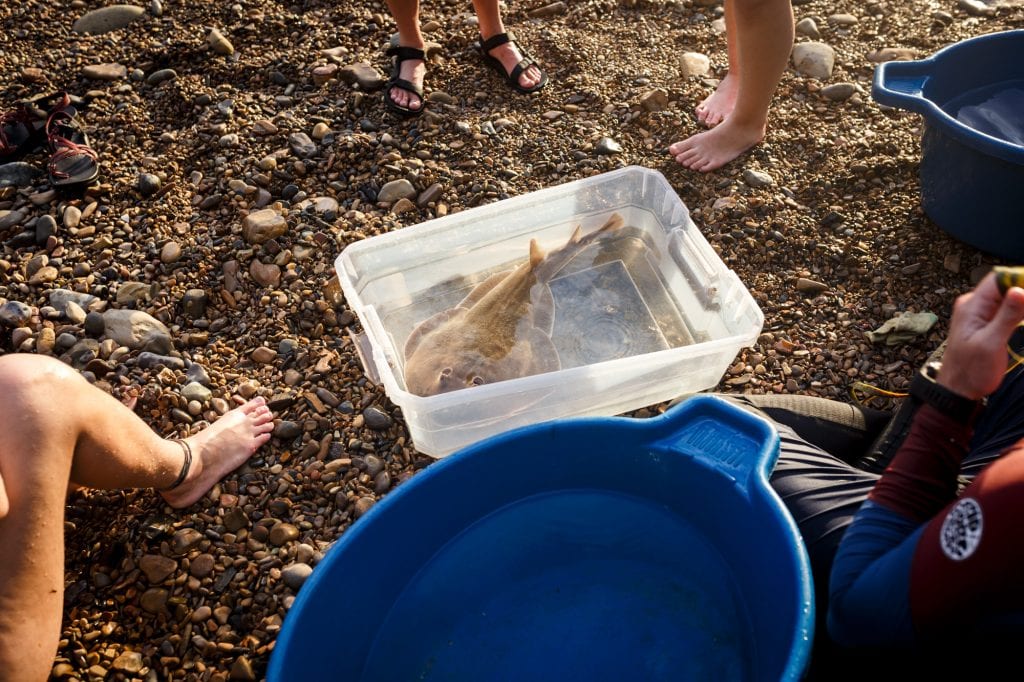



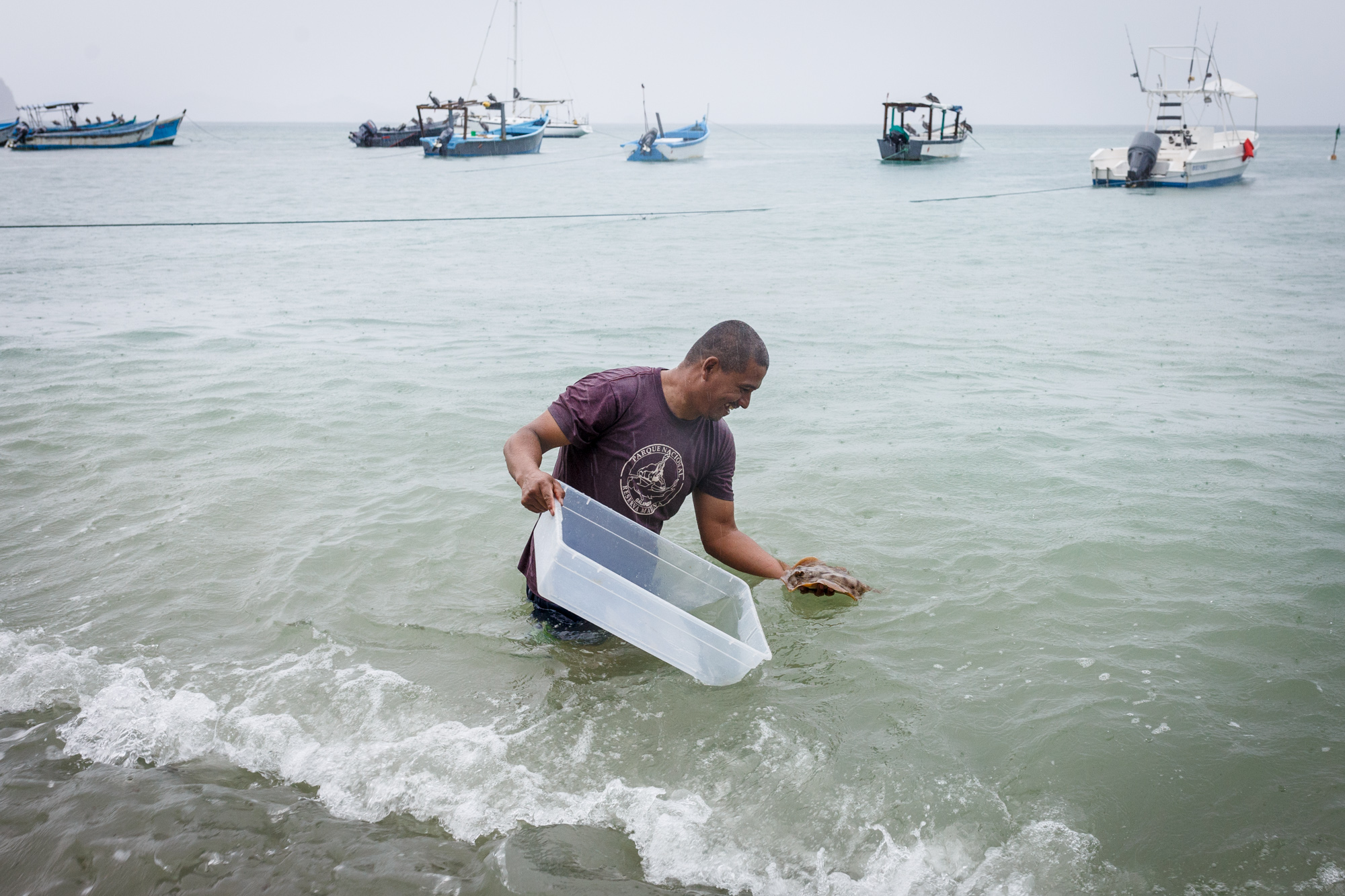
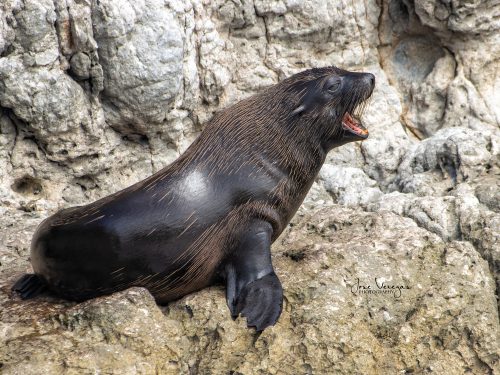
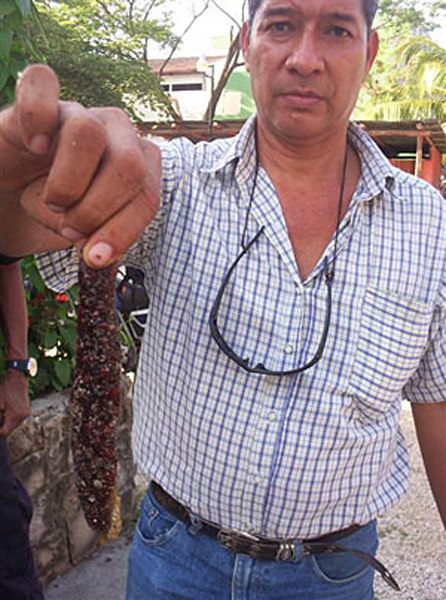
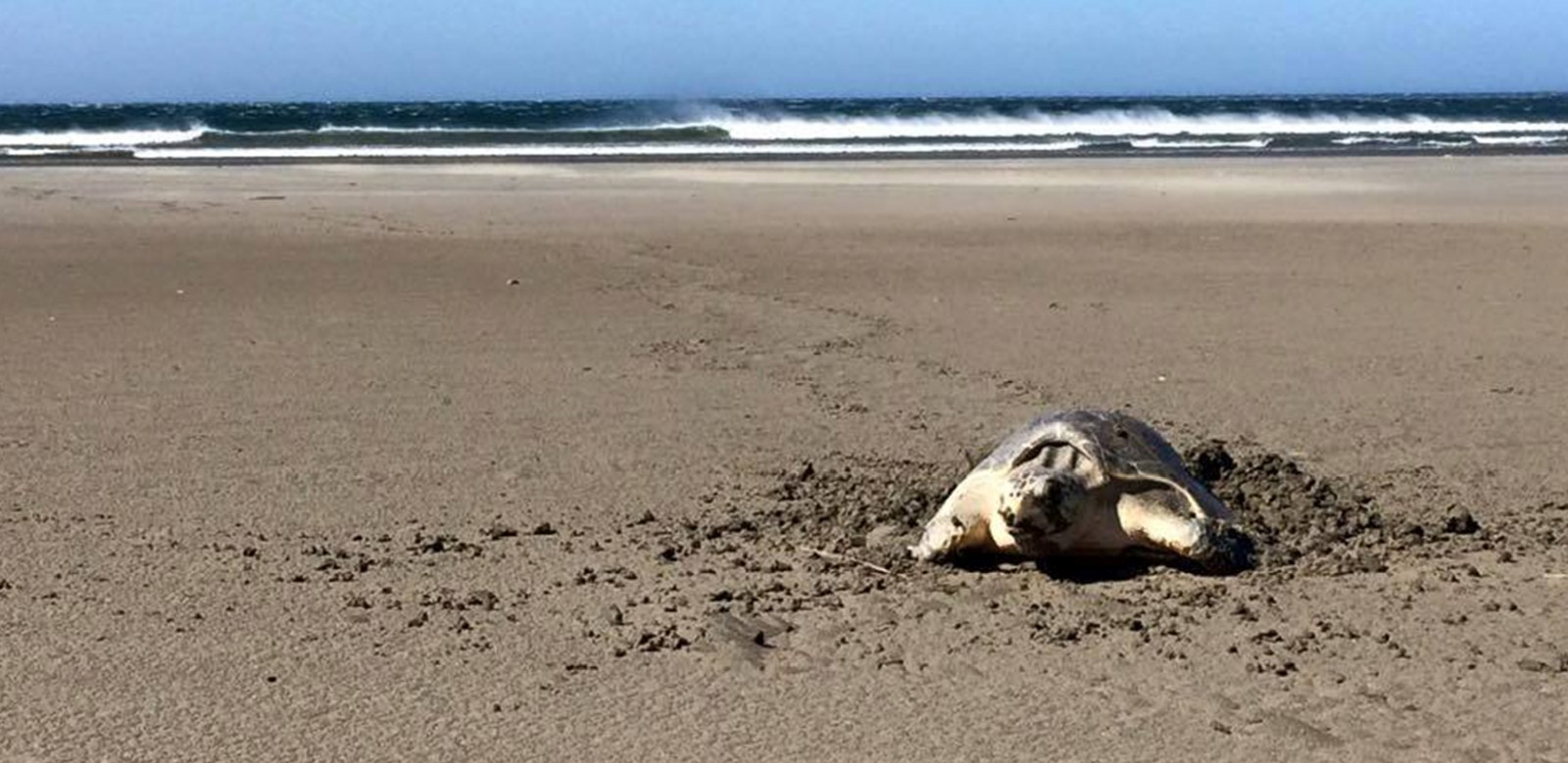

Comments